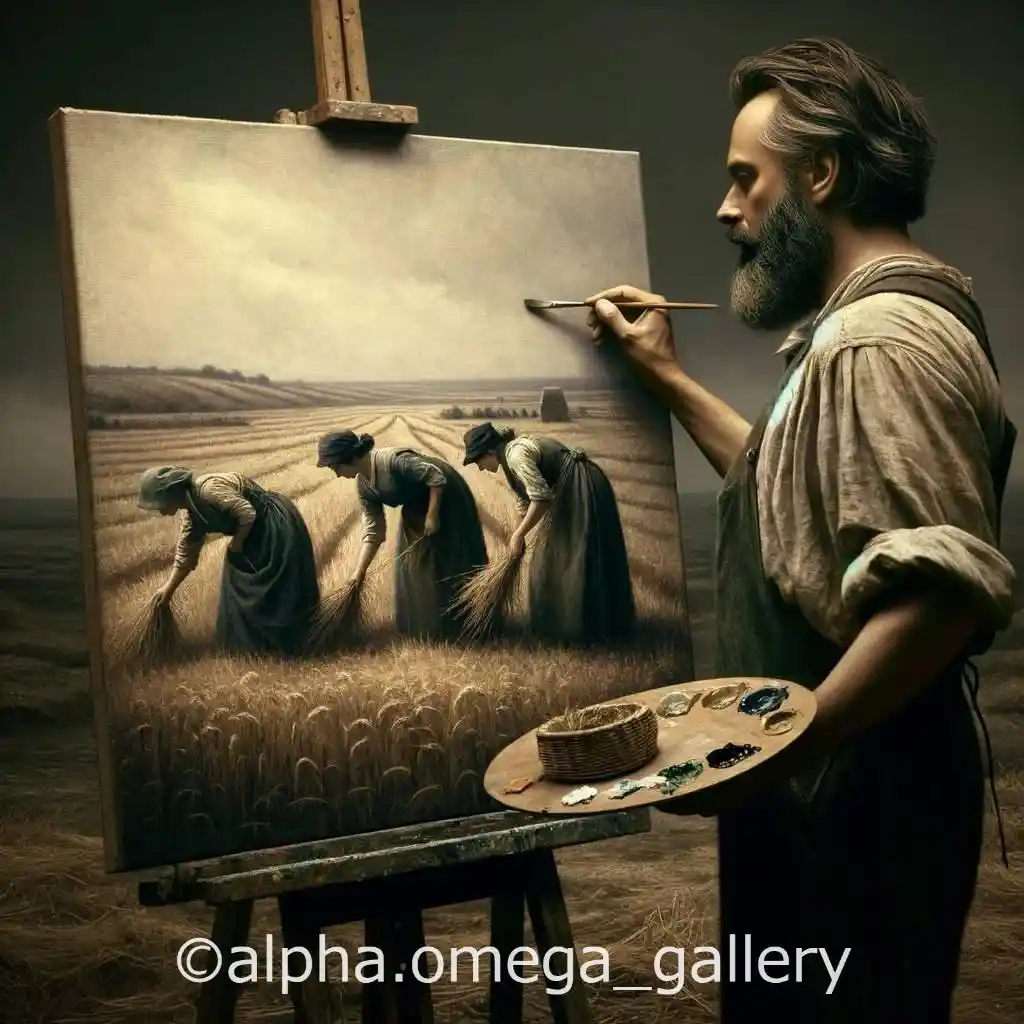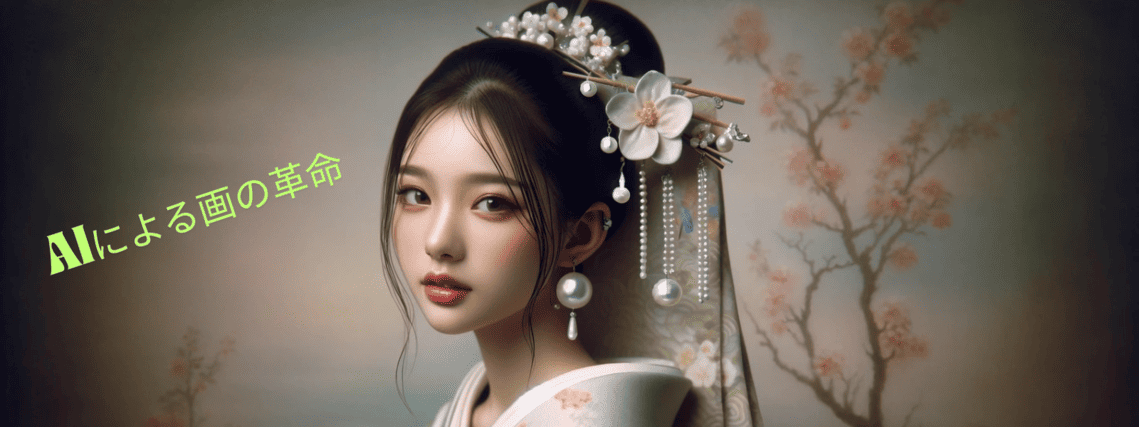Reinterpreting “The Gleaners”: A Fresh Perspective on Jean-François Millet’s Masterpiece
2025.02.05投稿
広告

Reinterpreting masterpieces provides a new perspective and enriches our understanding of art. Today, we explore *The Gleaners* by Jean-François Millet from a fresh angle, analysing both its original meaning and the significance of this reinterpretation.
First Impressions and Reflections
This reinterpretation recreates the iconic scene of *The Gleaners* by Jean-François Millet, but with a striking addition: the presence of Millet himself painting the scene. The use of dark tones and realistic details emphasises both the harshness of rural life at the time and the artistic vision of the painter.
Background and History of the Original Painting
Title, Artist, and Year of Creation
The original masterpiece, *The Gleaners*, was painted by Jean-François Millet in 1857.
Historical Context of the Painting
*The Gleaners* is a key work of the Barbizon School, depicting the reality of rural labourers in France. This painting, a prime example of social realism, offers a poignant insight into rural poverty and highlights the inequalities of the time. The scene shows women collecting leftover wheat after the harvest, an essential practice for the poor, symbolising the hardship of agricultural labour.
Key Features of the Painting
- Realistic and detailed: Every detail is meticulously depicted to highlight the harsh reality of agricultural life.
- Soft yet weighty colour palette: The natural tones create a tranquil yet heavy atmosphere.
- Balanced composition: The three gleaners form a structured alignment that guides the viewer’s eye.
Key Points of the Reinterpretation
In this reinterpretation, Jean-François Millet is depicted painting *The Gleaners*, providing an entirely new perspective on the creative process.
A Shift in Perspective
While the original painting is viewed from the observer’s standpoint, this version allows us to see the scene through Millet’s eyes, making us question his artistic perception and emotional involvement.
A Darker Colour Palette
The reinterpretation further accentuates the dark tones, heightening the dramatic intensity of the painting and reinforcing the gravity of the subject matter.
A New Reflection on the Artist’s Role
While the original painting focuses on rural life, this version shifts attention to the artistic process and the painter’s perspective. It serves as a reminder that behind every masterpiece lies a deep contemplation of the world and a strong artistic commitment.
Conclusion
This reinterpretation of *The Gleaners* offers a fresh perspective on the painting and enhances our understanding of Millet’s work. By portraying the artist himself, it provides insight into his creative process and invites us to reflect on how an artwork comes to life.
